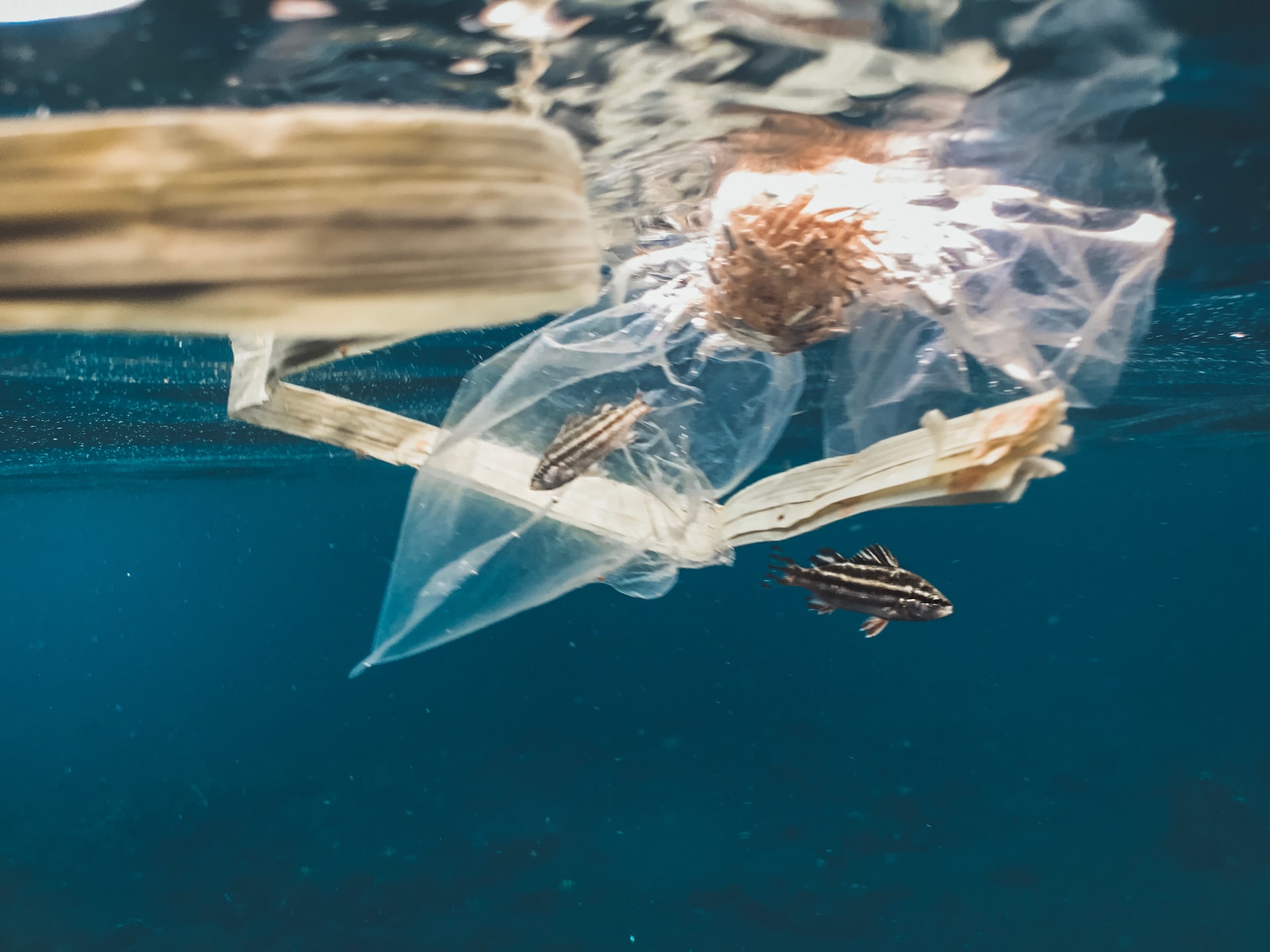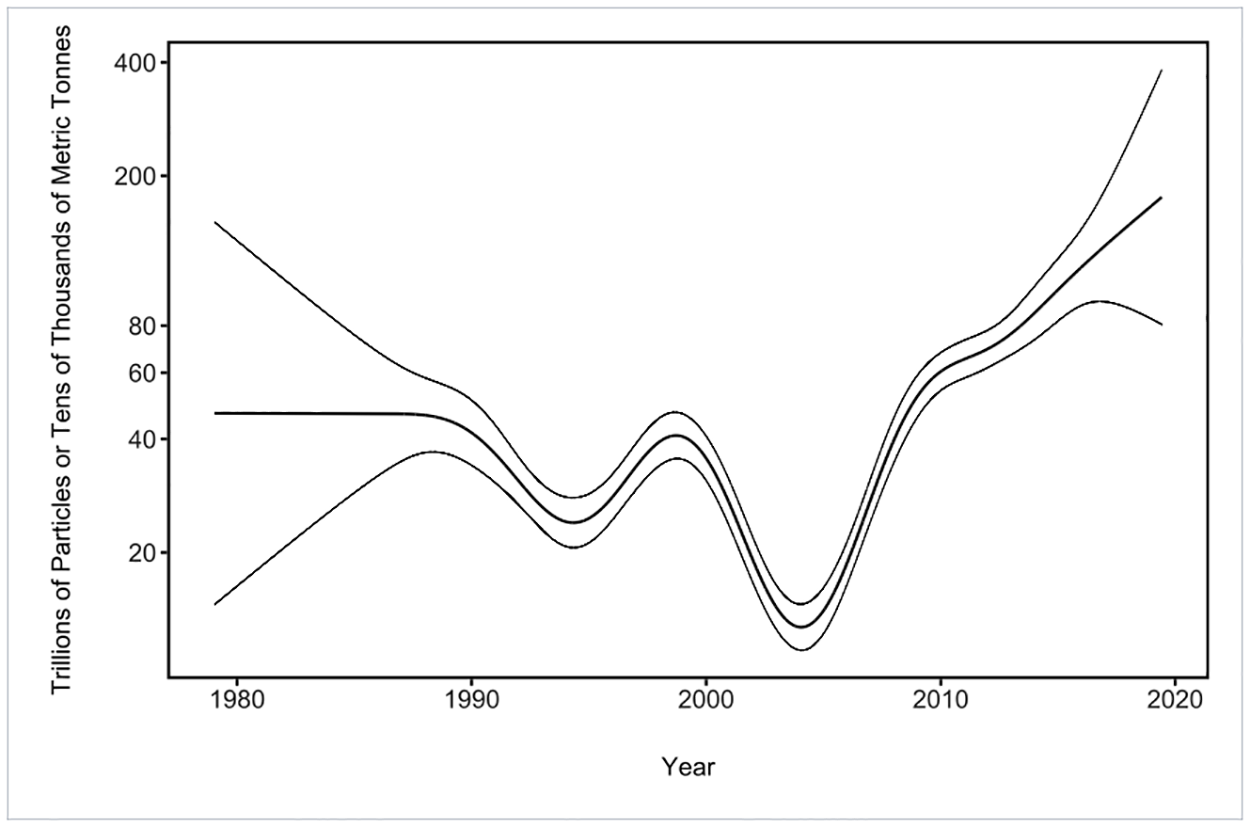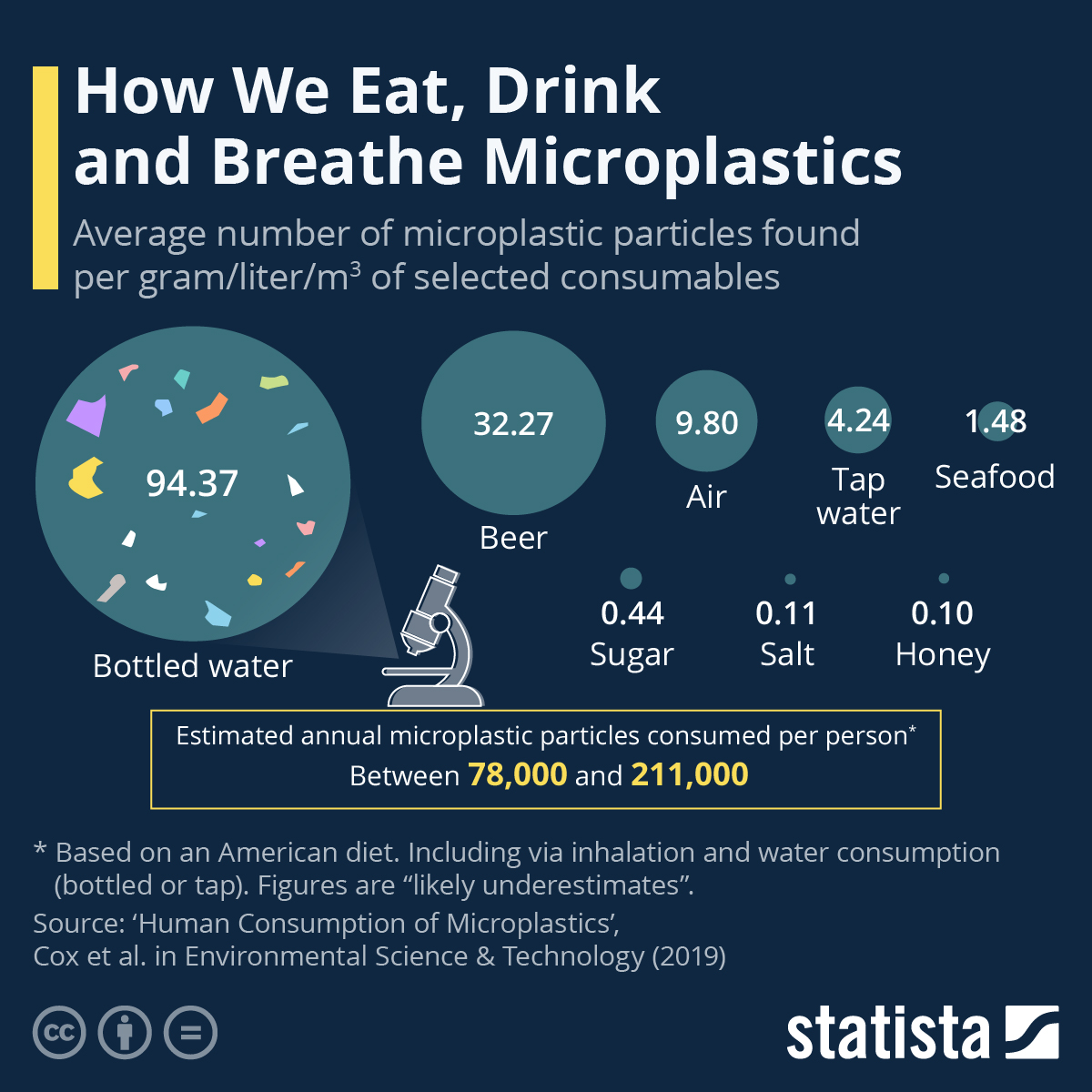A sea of plastic

More than 170 trillion pieces of plastic litter the seas and according to experts the problem is nowhere near its peak. Facts, numbers and comments
Since 2019, the average number of plastic particles in the sea may have exceeded 170 trillion. This was stated by a study just published in the scientific journal Plos One and the highest concentration is currently found in the Mediterranean Sea, with some large floating masses found elsewhere, including the Great Pacific Garbage Patch, a region of accumulation of floating waste located in the Pacific Ocean.
I STUDY
The research authors used both previously published and new data, including 11,777 samples of floating plastics in the ocean, to create a global time series that estimates the average number and mass of microplastics in the surface layer of water.
THE NUMBERS
For the period with a large sample coverage (1990-2015), the study states, there is substantial variability up to 2004, which could be interpreted as a stagnation or a downward trend; but from 2005 onwards a substantial and rapid increase has been observed.

Based on the results of the model used by the researchers, an estimated 171 trillion plastic particles – mainly microplastics – weighing 2.3 million tonnes on average were in the sea in 2019.
BLACK FORECASTS
According to scientists, unless action is taken immediately, the rate of plastic entering the world's waters is set to increase by an estimated 2.6-fold by 2040. Experts also point out that drastic policy changes are needed to shift the blame away from consumers. to the producers.
“The exponential increase of microplastics in the world's oceans is a stark warning: we must act now on a global scale, stop focusing on cleaning and recycling and usher in an era of corporate responsibility for the entire life of the objects they produce” said Marcus Eriksen , one of the study's authors and cofounder of the 5 Gyres Institute.
“Remediation is useless if we continue to produce plastics at our current rate, and we've been hearing about recycling for too long while the plastics industry simultaneously rejects any commitment to buy recycled material or design for recyclability. It's time to tackle the plastic problem at its source,” he added.
What's more, a new WWF and Dalberg report has revealed that the social cost of plastic pollution could reach $7.1 trillion by 2040 if urgent action is not taken. While a study by the Organization for Economic Co-operation and Development (OECD) estimates that the costs of preventing plastic pollution of the seas are around 54 billion euros in the "moderate" ambition scenario and 74 billion euros in the one with “high” ambition.
THE 2022 NAIROBI AGREEMENT
Early last year, the study recalls, at the United Nations Environment Assembly in Nairobi, all member states adopted a resolution to end plastic pollution, pledging to establish a legally binding global agreement that address the entire lifecycle of plastics, including production, design and disposal, by 2024 .
However, it is not yet clear how this will materialize.
HOW MANY MICROPLASTICS DOES MAN EAT
Microplastics, as well as for the environment, are also a serious problem for humans. Although it is not yet known how they can affect health, some studies have traced them to the lungs, veins and placenta of humans.
According to a study published in Environmental Science and Technology, the average person eats, drinks and breathes between 78,000 and 211,000 microplastic particles each year – and this is considered an underestimate. In detail, considering about 15% of Americans' caloric intake, it is estimated that the annual consumption of microplastics ranges from 39,000 to 52,000. Estimates that rise to 74,000 and 121,000 if we consider inhalation. Furthermore, people who only drink bottled water may ingest 90,000 more microplastics each year, compared to 4,000 for those who consume only tap water.
As the Statista infographic shows, the largest known source of microplastics entering our bodies is bottled water, followed by beer and the air we breathe.

WHAT ABOUT THE ANIMALS?
But even animals are forced by man to deal with microplastics in the sea and on land. Whales, seabirds, turtles and fish mistake plastic for prey and thus filling their stomachs risk starving to death.
In this regard, a team of scientists has recently discovered plasticosis, an intestinal disease that has affected specimens of flesh-footed shearwaters, seabirds living on Lord How Island, in the south-western Pacific, but it is plausible that the species that suffer from it are many more.
This is a machine translation from Italian language of a post published on Start Magazine at the URL https://www.startmag.it/sanita/un-mare-di-plastica/ on Sun, 19 Mar 2023 06:42:01 +0000.
